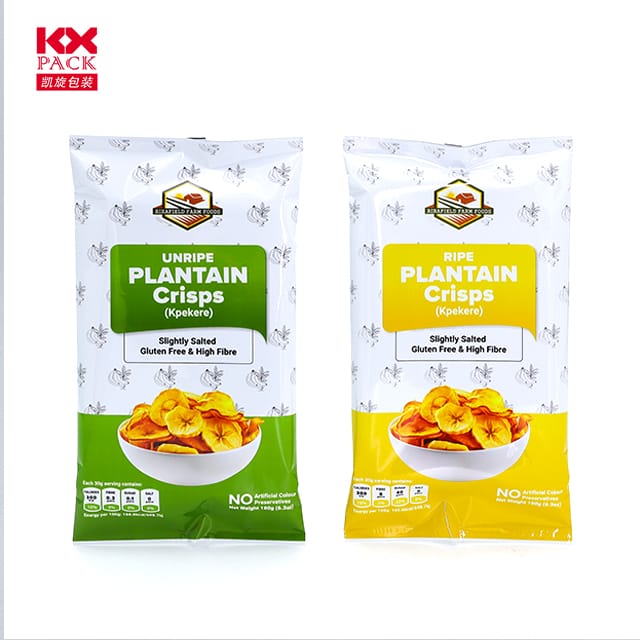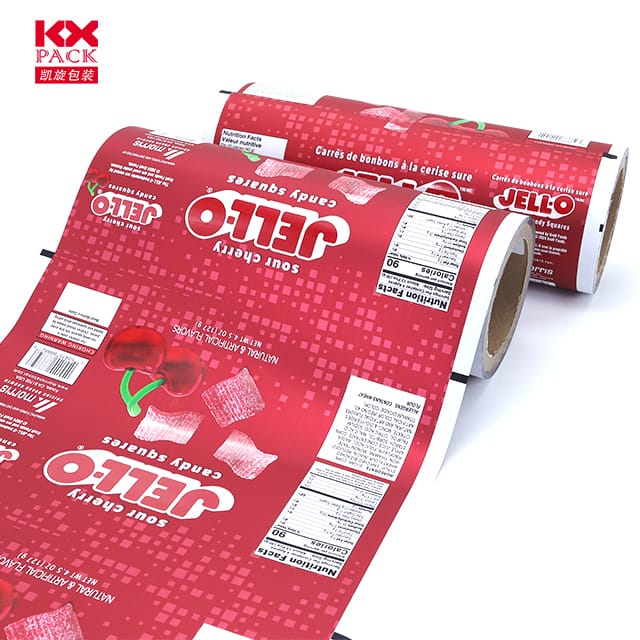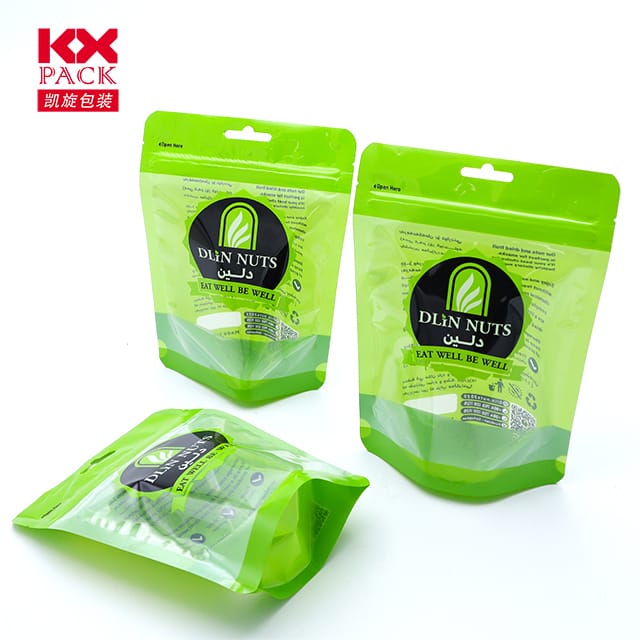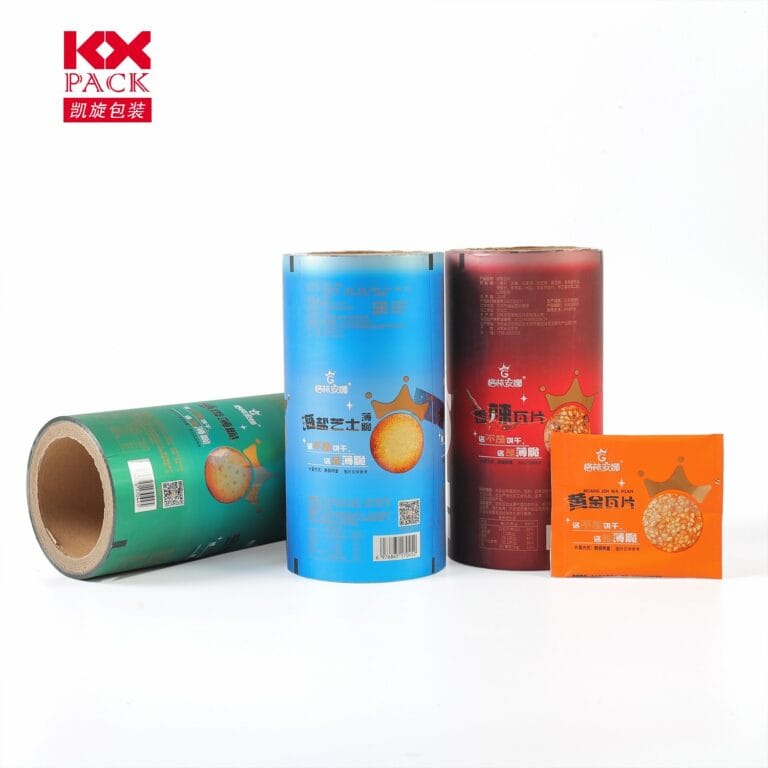解开真相: 食品包装塑料膜和可持续替代品的影响(7)
食品包裹塑料薄膜
在我们快节奏的生活中, 保鲜膜已成为厨房的主食 - clingyy, 方便的, 而且看似必不可少. 但是随着环境的关注增长, 是时候仔细看看稀薄的了, 我们每天使用的透明电影. 让我们解开有关食物包装塑料薄膜的事实, 它的影响, 以及我们如何做出更聪明的选择.
什么是食物包装塑料膜?
食品包裹塑料薄膜, 经常被称为 “保鲜膜” 或者 “保鲜电影,” 通常是由 聚乙烯 (体育), 轻巧且柔性的塑料聚合物. 它的设计旨在紧紧地紧贴容器, 通过阻塞空气和水分来保持食物新鲜. 虽然不可否认地覆盖剩菜, 包裹三明治, 或存储农产品, 它的便利是有代价的.
环境损失
- 一次性塑料废物
保鲜膜是一次性的项目, 意思是一次使用并丢弃. 仅有的 9% 全球塑料废物 被回收, 和 食品包裹塑料薄膜 众所周知,由于其薄而难以回收, 伸展质地. 大多数最终陷入垃圾填埋场, 它可以去哪里 几个世纪以分解, 或更糟糕的是 - pluse河和河流. - 微塑料污染
随着塑料膜的崩溃, 它碎片成微塑料, 哪个浸润的土壤, 水, 甚至食物链. 研究表明人类摄入 取决于 5 每周的微塑料克 通过食物和水 - 关于统计数据的长期健康影响未知的统计数据. - 碳足迹
塑料膜的产生依赖化石燃料, 促进温室气体排放. 制造公正 1 聚乙烯产生的千克 大约 2.3 公斤二氧化碳.
是否有更安全的选择?
是的! 生态意识品牌和个人是平衡实用性与可持续性的替代方案:
- 可重复使用的包装
- 蜂蜡包裹: 覆盖在蜂蜡中, 荷荷巴油, 和树脂, 这些布在容器周围塑造了,可以洗涤并重复使用长达一年.
- 硅胶盖: 弹力, 适合碗和容器的气密盖, 洗碗机安全耐用.
- 可堆肥电影
由玉米淀粉或马铃薯淀粉等植物材料制成, 这些电影在工业堆肥设施中崩溃. 然而, 它们不适合家庭堆肥,需要特定条件才能完全分解. - 玻璃或不锈钢容器
沟渠单利用塑料完全带有持续一生的密封容器. 将它们与硅胶盖或布料盖配对,以零废物存储.
如何减少塑料膜的使用
- 批量购买: 购买大量食物以最大程度地减少包装废物.
- 计划餐: 仅通过烹饪您需要的东西来减少剩菜.
- DIY替代方案: 用布料和蜂蜡颗粒制作自己的蜂蜡包裹.
- 回收正确: 检查当地的回收指南 - 一些区域接受清洁的塑料包装以进行回收.
食品保存的未来
创新是关键. 公司正在探索食用涂料 (由壳聚糖或乳酸等成分制成) 和基于菌丝体的材料 (自然生物降解的真菌网络). 尽管这些解决方案仍在, 消费者需求可以推动他们的收养.
您的选择很重要
每次您拿到保鲜膜, 记住: 有一种更可持续的方法来保护您的食物. 通过选择可重复使用或可堆肥的替代方案, 您不仅要保留新鲜度 - 您在帮助保护地球.
让我们坚持改变, 不是塑料. 🌍
这是否激发了您重新考虑厨房习惯? 在下面分享您最喜欢的环保食品存储黑客!
关键字: 食品包裹塑料薄膜, 可持续的替代方案, 塑料污染, 环保厨房, 可堆肥包裹, 微塑料, 可重复使用的容器






